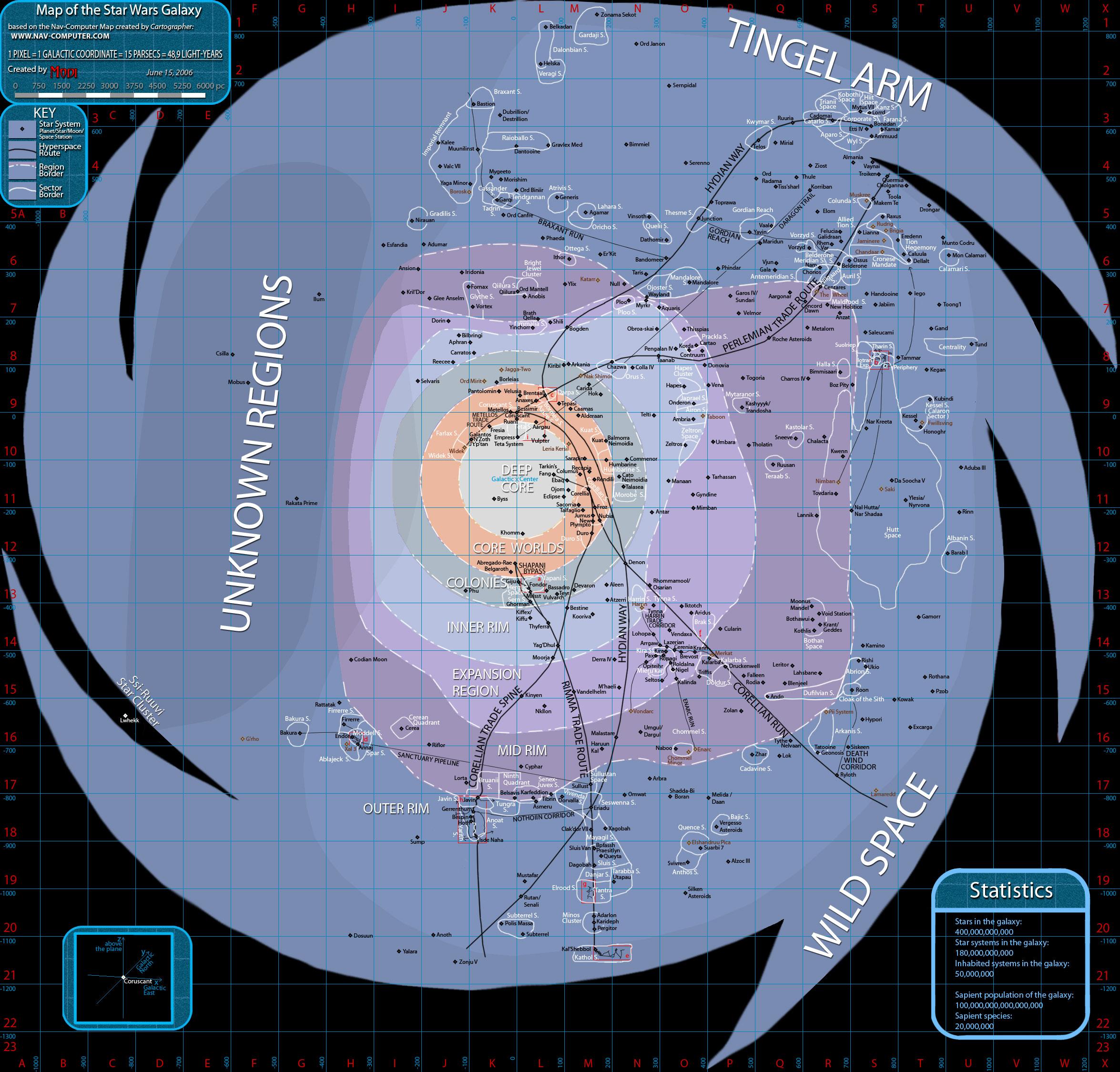In the world of Hollywood, R2-D2 is an appealing robot who comes to the rescue in every Star Wars movie. In the real world, robots are being created to kill on their own—that is, without human direction and oversight.

Although proponents of killing without risk to one’s own side use terms like “lethal autonomous robotics” or “autonomous military robots” to describe the latest product of deadly technology, the term “killer robots” captures better what these machines are programmed to do.
The Campaign to Stop Killer Robots makes a very compelling case for why it is so risky to program robots to kill and then to turn them loose.
Concerns about killer robots are strong enough and widespread enough that the Human Rights Council of the United Nations is urging a moratorium on their development “before it is too late.”
A U.N. ban on the development of killer robots is a good idea, as was the U.N. 1997 Convention on the Prohibition of the Use, Stockpiling, Production and Transfer of Anti-Personnel Mines and on their Destruction–the international agreement banning antipersonnel landmines. The U.S. is among the small number of nations that have not signed that treaty.
UNICEF estimates that in the world today there are 110 million landmines in 64 countries; many of those (e.g., in Vietnam and Afghanistan) were planted by the U.S. Every month about 800 people–mostly innocent children and other civilians–die from landmines, and thousands more are seriously injured.
Do we really need to add killer robots to our arsenal of deadly weapons?
So many Americans cloak themselves in hatred and search for an evil empire to destroy with the latest Star Wars weaponry. They may succeed. And the empire they find and destroy may be our own.
Kathie Malley-Morrison, Professor of Psychology

